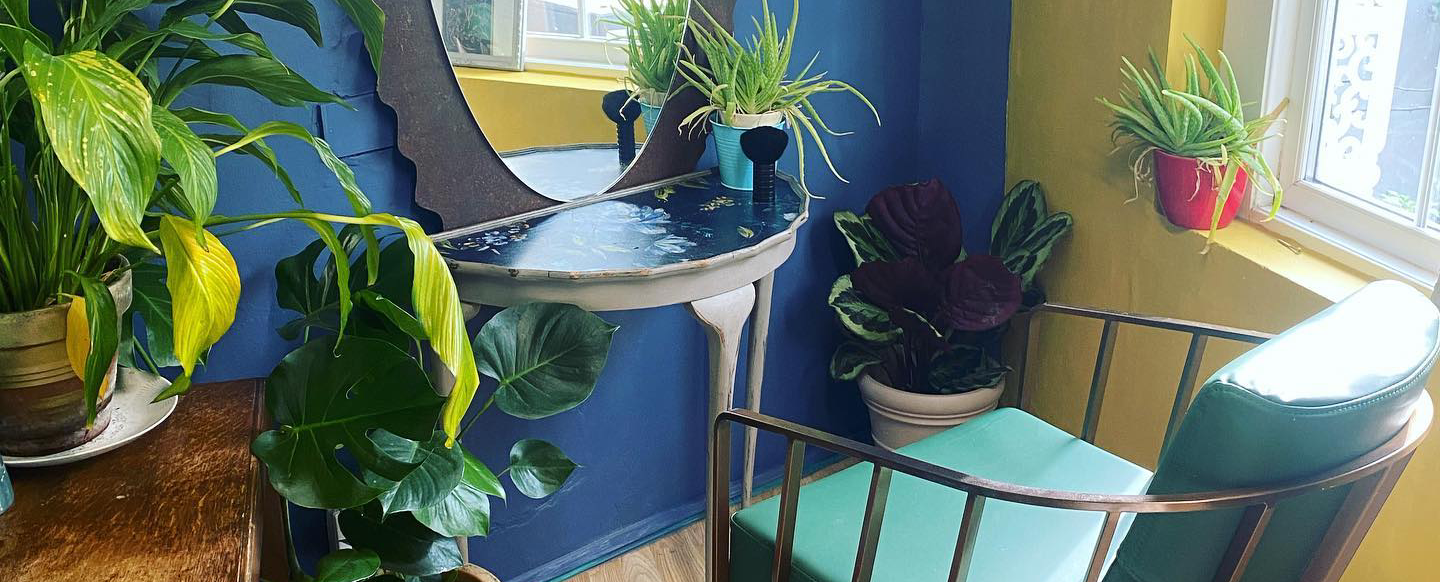Today, we're going to talk about shampoo bars!
They're a popular topic of conversation, often seen as a declaration of being environmentally conscious or natural. However, some people have reported a waxy or dirty feeling after using them, which can be off-putting. So, let's delve into the science behind shampoo bars.

When it comes to plastic-free options for shampoo bars, it's important to differentiate between soap-based bars and surfactant-based bars.
Surfactant-based bars, which lather a lot like liquid shampoos, may not be as gentle or natural as they claim to be. Some brands use gentler surfactants like sodium cocoyl isethionate, while others use harsher ingredients like sodium coco sulfate or even SLS. Lush, for example, uses SLS in many of their bars.
To get the most out of this kind of surfactant based shampoo bar, I recommend diluting it with warm water before use. You can either leave it in 50-100ml of water for 10 minutes, or grate a teaspoon's worth into some hot water and stir to dissolve. Then, dilute the solution further to find the right ratio for your hair. You may be surprised how much you can dilute some products.
When using a harsh shampoo, you can sometimes pre-condition or oil the ends of your hair to protect them from the stripping detergents that can increase dryness, brittleness, and breakage. This is especially important for fine hair. Still good to do a clarifying wash though if you use styling products or silicones.

SOAP-based bars contain saponified oils, which are created by adding sodium hydroxide or lye to oils. This makes the soap alkaline, which is not ideal for hair or skin. Some companies include disclaimers about "transition phases" and unsuitability for hard water areas. An acidic rinse, such as apple cider vinegar or lemon juice diluted in water, can help restore the correct pH level of hair. Be careful though with how much you use as ratios vary.
The recommended pH for an acidic rinse is 5.0. Using rainwater to refresh or in the vinegar rinse can soften the hair further. Bars may leave hair dull and waxy, but rinsing with an acidic solution can restore the correct pH and help to counteract the limescale.
Hard water areas require more product generally too since it inhibits lather. Biology and chemistry affect hair care, along with the pH level of the product, rinse, natural pH level, and water hardness. Diluted liquid shampoo or surfactant-based bars can be used instead of soap-based bars.
Herbal solutions, co-washing, and rotating washes can also help maintain hair health. Diversity in hair products can help with protein, moisture, and porosity.
It is hard to find an ingredients lists that satisfy me, however I always look out for Sodium Cocoyl Isethionate as the main surfactant in shampoo bars now. I love Zerolla as a brand and Beauty Kubes...I find many have this ingredient but then contain things like "perfume" on the list and other things that spoil it for me.
Remember, the simpler and smaller an ingredients list, the better! Usually!
